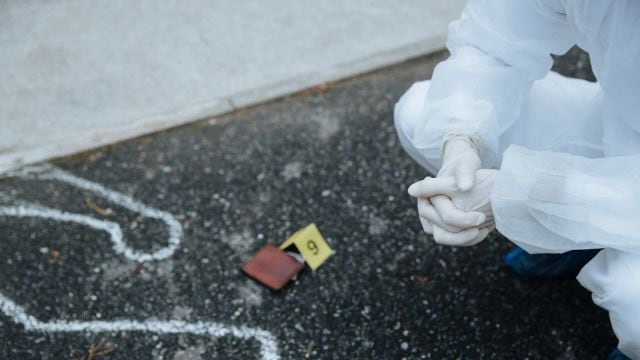New microbe discovery could change the way murders are investigated
A new study on microbes that appear on cadavers could help change the way murders are investigated.
 The study was conducted by decomposing 36 cadavers at different locations. (Pexels)
The study was conducted by decomposing 36 cadavers at different locations. (Pexels)Researchers have for the first time identified a network of around 20 microbes that universally drive the decomposition of animal flesh, announced Colorado State University on Monday. This study could change the future of forensic science, giving investigators a more precise way to determine when a body died.
“It’s really cool that there are these microbes that always show up to decompose animal remains. Hopefully, we’re busting open this whole new area of ecological research,” said Jessica Metcalf, senior author of a new study published this week in the journal Nature Microbiology.
For the multi-year study, researchers decomposed 36 cadavers at three different facilities. They were decomposed in different climates and during all four seasons. They also collected skin and soil samples during the first 21 days for each decomposing body. After collecting a lot of molecular and genomic information from the samples, they created an overall picture of the “microbiome” present at each site. This was a report of what microbes were there, how they got there and how that changes over time.
Interestingly, researchers found the same set of nearly 20 specialist decomposing microbes on all 36 bodies. Also, these microbes seemed to arrive like clockwork at certain points through the observation period and insects played a key role. “We see similar microbes arrive at similar times during decomposition, regardless of any number of outdoor variables you can think of,” added Metcalf.
They used the data from the new study along with previous work and machine learning techniques to build a tool they claim can accurately predict the time since a body’s death, a figure known as “postmortem interval.”
“When you’re talking about investigating death scenes, there are very few types of physical evidence you can guarantee will be present at every scene. You never know if there will be fingerprints, bloodstains or camera footage. But the microbes will always be there,” said co-author David Carter in a press statement.
One of the most important things to find out during the investigation of a death or a murder is exactly when the person died. Predicting the time of death of human remains can help in identifying the deceased person, finding out potential suspects and can even help confirm or refute alibis.







